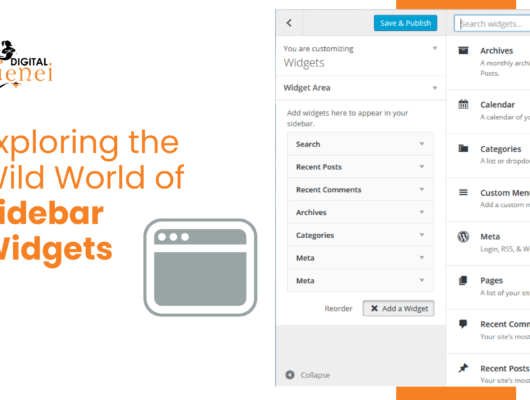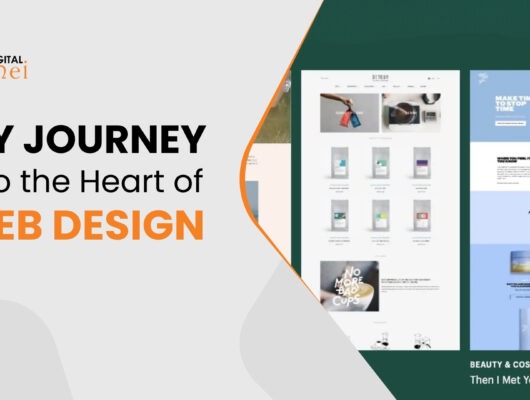In an age where information and resources are at our fingertips, the temptation to embark on a Do-It-Yourself (DIY) web design project is more alluring than ever. After all, with a plethora of website builders and tutorials available, creating a website might seem like a breeze. However, beneath the surface lies a potential disaster waiting to unfold. This article explores the pitfalls of DIY web design and why entrusting this task to professionals is a strategic move.
1. Lack of Professional Expertise
The bitterness of poor quality remains long after the sweetness of low price is forgotten.
Web design is a multifaceted discipline that encompasses elements like user experience (UX), user interface (UI), coding, and graphic design. Professionals bring years of experience and a deep understanding of these components. DIY designers might produce a website, but it’s unlikely to match the quality, functionality, and aesthetics of one created by a seasoned expert.
2. Limited Customization
Your website is the center of your digital eco-system, like a brick and mortar location, the experience matters once a customer enters, just as much as the perception they have of you before they walk through the door.
DIY website builders often offer templates and pre-designed elements. While these can provide a quick solution, they severely limit customization options. A website crafted by a professional designer is tailored to your specific brand, audience, and objectives, ensuring a unique and memorable user experience.
3. Inadequate User Experience
Good design is good business.
User Experience (UX) is a critical factor in the success of a website. It involves understanding user behavior, creating intuitive navigation, and optimizing for accessibility and mobile responsiveness. Professionals have the expertise to design a seamless user journey, while DIY designers may inadvertently create frustrating and confusing experiences.
4. Technical Challenges
If you think math is hard, try web design.
The technical aspects of web design, such as coding, SEO optimization, and ensuring cross-browser compatibility, can be daunting for DIY enthusiasts. A professional web designer is well-versed in these intricacies, ensuring that your website not only looks great but functions flawlessly.
5. Time-Consuming Process
Time is money.
Designing a website is a time-intensive endeavor, especially for those who are not well-versed in the process. DIY designers may find themselves sinking countless hours into troubleshooting technical issues or tweaking design elements. This time could be better invested in growing your business or focusing on other strategic initiatives.
6. Lack of Ongoing Support
Your most unhappy customers are your greatest source of learning.
Once a website is live, ongoing maintenance, updates, and troubleshooting are crucial. Professional designers often offer ongoing support to ensure that your website remains secure, up-to-date, and optimized for performance. DIY designers may find themselves struggling to address technical issues without the necessary expertise.
Conclusion: Investing in Excellence
A website is more than just an online presence; it’s a reflection of your brand, values, and commitment to quality. While DIY web design might seem like an economical choice, the potential pitfalls and limitations far outweigh the initial cost savings. By entrusting your web design to professionals, you’re not just investing in a website; you’re investing in excellence.





